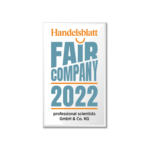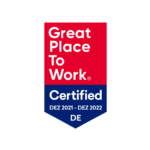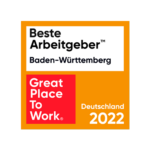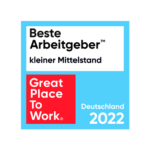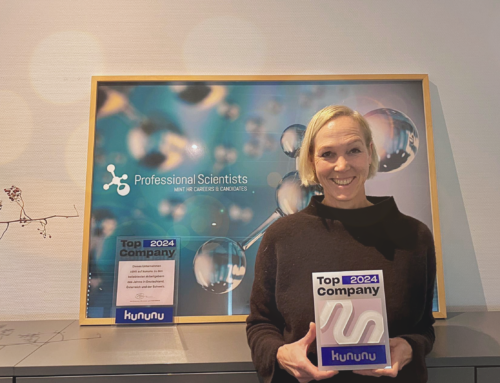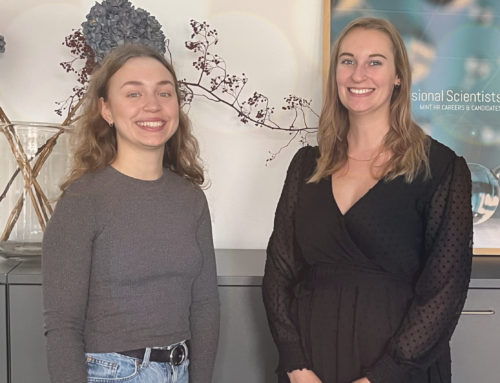On February 15, 2023, Prime Minister Winfried Kretschmann and Science Minister Petra Olschowski visited the University of Stuttgart to gain an insight into the research areas of quantum technology and aerospace technology. During their two-hour visit, the politicians were presented with selected highlights from quantum research and aerospace technology.
Prime Minister Kretschmann emphasized that “Baden-Württemberg is also an important location for the aerospace industry” and that the University of Stuttgart has an excellent international position as a research location for aerospace technology. He highlighted that quantum technology will play an important role in the future, not only in science but also in industry and in everyday life. Quantum technology enables completely new applications in the fields of artificial intelligence, medical diagnostics and logistics and materials research.
Science Minister Petra Olschowski had the opportunity to test the Soyuz simulator and thus gain initial experience with virtual space travel. She praised the University of Stuttgart as one of the largest aerospace faculties in Europe and emphasized that it plays a key role in the training of highly qualified professionals. Olschowski also highlighted that the University of Stuttgart will play an important role in the state’s future aerospace strategy.
The University of Stuttgart works on projects that focus on various topics related to space travel. The Baden-Württemberg Space Center presented projects that demonstrated the expertise of the University of Stuttgart on a wide range of space-related topics. One of these projects was the “Flying Laptop” satellite, which was developed by undergraduate and graduate students together with the Institute of Space Systems. Its mission is to test new technologies and conduct scientific observations of the Earth at different wavelengths. The IRS communicates with its satellites via the control center and runs its own missions to test the automated operation of the satellites and thus maximize their usage time.
In the field of aerospace engineering, the University of Stuttgart focuses on other types of aircraft. The eFliegen BW test field was created under the direction of the University of Stuttgart and with state funding to enable realistic tests of electric and autonomous flying. Kretschmann and Olschowski toured projects that promote sustainability in aerospace engineering, such as the research project of the e-Genius aircraft, a platform for electric and hybrid-electric propulsion systems, and the InVentus Racing Team’s Headwind vehicle, which replaces a Motor has a wind turbine.
The start-up Roboloon presented its prototype of a solar-powered airship drone. This should automate inspections of infrastructure such as railway lines or power grids and ensure that they are emission-free. The company aims to use lighter-than-air technology to develop autonomous flying robots that improve drone flight time and safety while maintaining maneuverability. It plans to conduct cost-effective and sustainable air inspections to reduce dangerous maintenance intervals. Due to climate change, dangerous incidents such as forest fires, floods and smog often occur. However, drones have limited flight times and pose a risk in populated areas. The company plans to solve these problems by using autonomously piloted airships, which are helium-filled and hardly heavier than air and offer comparable safety to a flying airbag.
How do you rate these new technologies in the field of aerospace?
Sources:
https://www.uni-stuttgart.de/en/university/news/all/kretschmann-olschowski/index.html
Image from Canva







